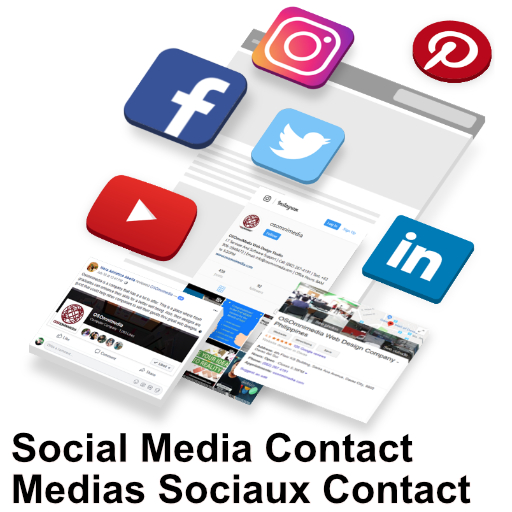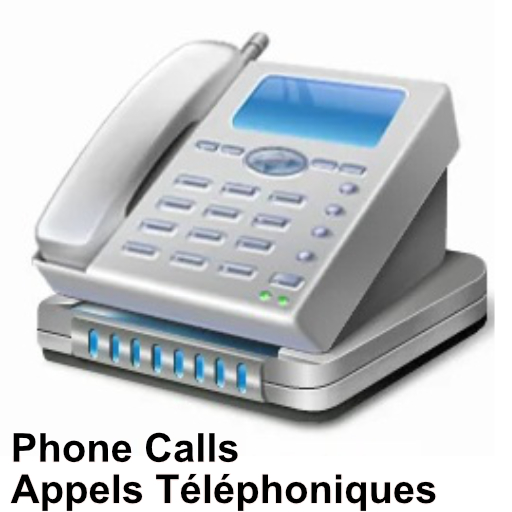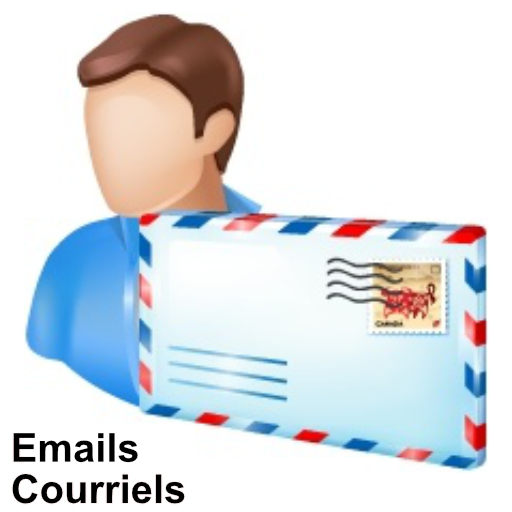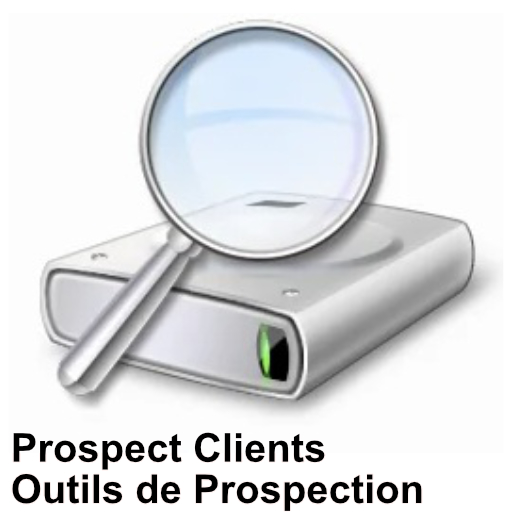




Commençons par les bases. Voici cinq conseils de vente destinés aux débutants, qui constituent la base d'une vente réussie.
1. Sachez tout sur votre produit
Il est important que vous compreniez le fonctionnement de votre produit et les fonctionnalités spécifiques qui aideront à résoudre les problèmes que vos clients pourraient rencontrer. Après tout, vous êtes l'ambassadeur du produit : si vous ne l'utilisez pas, pourquoi quelqu'un devrait-il vous l'acheter ?
Parcourez toutes les vidéos de démonstration de produits et les documents d'assistance disponibles. Essayez de comprendre le but de chaque fonctionnalité et exactement le problème qu’elle est conçue pour résoudre.
Certaines questions fondamentales auxquelles vous devez fournir d'excellentes réponses à vos clients sont :
-- J'ai un problème. Votre produit peut-il aider à résoudre ce problème ?
-- De quel type de technologie ai-je besoin pour accéder à ces fonctionnalités ?
-- Dans quelle mesure votre produit est-il personnalisable ?
-- Vais-je recevoir une assistance ou une formation commerciale ?
-- Combien cela va-t-il me coûter ?
Vos clients ne sont généralement pas intéressés par les aspects plus techniques de votre produit. Ils veulent savoir comment le produit peut leur faciliter la vie immédiatement. Une compréhension approfondie du produit ne fait pas seulement de vous une pom-pom girl plus confiante dans ce que vous vendez. Il vous aide également à aller à l'origine des problèmes de vos clients et vous permet de cartographier rapidement et minutieusement votre produit en fonction des besoins de vos clients.
Vos prospects ont un intérêt unique : résoudre leurs problèmes. En parlant de la magnificence de votre produit, vous ne pouvez pas aller plus loin. Comment votre produit profite-t-il directement à votre prospect ?
Utilisez chaque interaction avec un prospect pour poser des questions afin d'identifier ses plus gros problèmes, tels que :
-- Pourriez-vous m'aider à mieux comprendre votre processus métier ?
-- Quels sont vos objectifs au quotidien ? Des objectifs à long terme ?
-- Quels sont les plus grandes préoccupations et obstacles auxquels vous êtes confronté ?
-- Quelles sont vos attentes par rapport à la solution ?
-- Avez-vous des contraintes budgétaires ?
-- Si vous résolviez un problème particulier, à quel point les choses iraient mieux pour vous ?
Il est important que vousécoutiez activement les réponses du prospect. Trop souvent, les vendeurs sont tellement occupés à promouvoir et à vendre qu'ils oublient que parfois les meilleurs vendeurs écoutent plus qu'ils ne parlent. De cette façon, vous pouvez en apprendre beaucoup non seulement sur votre prospect, mais également sur votre propre produit et sur la manière de mieux le vendre.
Proposer une solution centrée sur les points faibles de l'acheteur. Les arguments de vente fonctionnent mieux lorsque vous montrez aux prospects que vous comprenez leurs obstacles et que votre produit peut résoudre ces problèmes à leur place.
Vos prospects recherchent des réponses et ils attendent que vous les leur fournissiez.
L'un des meilleurs conseils de vente est de préparer à l'avance tous les rendez-vous avec toutes les informations dont vous pourriez avoir besoin pour donner à vos prospects pour les transformer en clients. Cela implique d’en savoir le plus possible sur eux et leur situation. Comme le dit le proverbe : « Montrez-leur que vous les connaissez ».
Être bien préparé pour une réunion démontre non seulement vos compétences et vos connaissances, mais montre également que vous vous souciez suffisamment d'être présent et confiant dans toutes les interactions avec les clients.
Bien sûr, il y aura des moments où vous devrez simplement vous présenter, ou peut-être même lorsqu'un prospect vous appelle de nulle part. Dans ces cas-là, il est important d’avoir un accès rapide à toutes les informations dont votre client moyen pourrait avoir besoin et de pouvoir en discuter en profondeur.
Assurez-vous de maîtriser les éléments suivants :
-- Quel est pour vous l'objectif de l'appel ?
-- Que dois-je savoir pendant l'appel ?
-- Quels sont les points forts de mon produit ? Des faiblesses ?
-- Qui est le décideur du côté de votre prospect ?
-- Si vous vous êtes déjà rencontrés, où en êtes-vous resté lors de la dernière réunion ?
Un nombre surprenant de commerciaux ne prennent pas le temps de rechercher leur prospect ou de se préparer aux appels, ce qui ne fait que saper leurs efforts et laisse une mauvaise impression sur le prospect. La Planification préalable à l'appel vous aide à obtenir les informations nécessaires dont vous avez besoin pour ajouter de la valeur à la conversation. Développer cette habitude de vente créera une confiance de la part de vos prospects — et une confiance dans votre propre jeu de vente.
S'il y a une chose sur laquelle tous les experts commerciaux s'accordent, c'est l'importance de l'étape de suivi.
Peu importe si vous avez le meilleur produit du marché et que vos réunions se déroulent parfaitement : si vous ne renouez pas avec le prospect par la suite, l'opportunité de vente peut vous glisser entre les doigts. En effet, 80 % des ventes nécessitent au moins 5 suivis.
Les e-mails de suivi sont un excellent moyen de rester en contact avec vos clients après votre première interaction. Cela montre que vous vous souciez suffisamment de leur expérience pour vous enregistrer, mais permet à la conversation de se dérouler à la convenance du client.
Des applications telles que Badger Maps peuvent être utilisées pour s'intégrer à votre CRM afin que vous puissiez planifier du temps de suivi dans votre journée sans compromettre le temps passé sur le terrain. Cela vous permet de rester au courant des suivis et de suivre les tâches administratives tout en minimisant le temps consacré à celles-ci.
Les e-mails de suivi peuvent être classés de différentes manières. Quelques excellents e-mails de suivi que les professionnels envoient toujours :
-- Vous cherchez à vous connecter — Suivi des appels commerciaux à froid
-- Au plaisir de discuter avec vous plus tôt dans la journée... — Juste après une réunion
-- Écrit pour donner suite à notre dernière conversation... — Prochaines étapes
-- Dois-je rester ou dois-je partir ? — E-mail de rupture
Ne vous laissez pas décourager par un faible taux d'ouverture de vos e-mails ou un manque de réponse des prospects. Soyez persévérant et travaillez continuellement sur la qualité de vos e-mails et de vos prospects.
Lorsque vous donnez des conseils pour les ventes, il n'y a pas de moyen simple de le dire, alors mettons les choses au clair : les ventes et le rejet vont de pair.
Faire face au rejet est toujours difficile, surtout lorsque vous débutez dans la vente. Parfois, des concurrents débarquent et s'envolent avec votre avance. Certaines personnes n’ont pas besoin de votre produit ou ne sont pas en mesure de dépenser de l’argent pour le moment.
Il est important que vous compreniez que rien de tout cela n'est personnel.
Il peut y avoir des centaines de raisons pour lesquelles un client pourrait ne pas être intéressé par ce que vous vendez, mais la plupart d'entre elles ont très peu à voir avec vous.
C'est pourquoi il est important de contrôler ce qui est contrôlable, en utilisant chaque rejet comme une opportunité pour renforcer votre jeu de vente et vous adapter aux besoins et préoccupations de vos clients.
Le rejet révèle des faiblesses dans votre jeu de vente. La bonne nouvelle ? En apportant les bons ajustements à votre argumentaire, vous pouvez transformer ces faiblesses en forces.
Chaque rejet contribue à épaissir votre peau et à renforcer votre détermination, deux caractéristiques qui contribueront grandement à faire de vous un vendeur de premier ordre.
Ne laissez pas le rejet vous vaincre : traitez-le comme une opportunité de croissance.

Let’s start with the basics. Here are five sales tips for beginners that form the foundation for successful selling.
1. Know Everything About Your Product
It’s important that you understand how your product functions, and the specific features that will help solve any problems your customers may have. After all, you’re the ambassador of the product — if you don’t use it, why should anyone buy it from you?
Go through all the product demo videos and support documents that are available. Try to understand the purpose of each feature and exactly what problem it is designed to address.
Some basic questions for which you need to provide great answers to your customers are:
Your customers usually aren’t interested in the more technical aspects of your product. They want to know how the product can make their life easier immediately. A thorough understanding of the product doesn’t just make you a more confident cheerleader of what you’re selling. It also helps you get to the root of your customer’s pain points and allows you to quickly and thoroughly map your product to your customer’s needs.
Your prospects have a singular interest — solving their problems. By talking about the magnificence of your product, you can only get you so far. How does your product directly benefit your prospect?
Use each interaction with a prospect to ask questions to identify their biggest pain points, such as:
It’s important that you actively listen to the prospect’s answers. Too often salespeople are so engaged with pushing and selling that they forget that sometimes the best salespeople listen more than they speak. This way you can learn a lot about not only your prospect, but also your own product and how to better sell it.
Offer a solution focused on the buyer’s pain points. Sales pitches work best when you show prospects that you understand their obstacles and that your product can solve those problems for them.
Your prospects are looking for answers — and they expect you to provide them.
One of the best sales tips is to prepare in advance for all meetings with all the information you may need to give your prospects to turn them into customers. This includes knowing as much about them and their situation as possible. As the saying goes, “Show them you know them.”
Being well-prepared for a meeting demonstrates not only your competency and knowledge but shows that you care enough to be present and confident in all customer interactions.
Sure, there will be times when you have to just show up, or maybe even when a prospect calls you out of nowhere. In these cases, it’s important to have quick access to any information your average customer may need, and be able to discuss it in-depth.
Be sure you have a handle on the following:
A surprising amount of sales reps don’t take the time to research their prospect or prepare for calls, which only undermines their efforts and leaves a poor impression on the prospect. Pre-call planning helps you obtain the necessary information you need to add value to the conversation. Developing this sales habit will create trust from your prospects — and confidence within your own sales game.
If there’s something all sales experts agree on, it’s the importance of the follow-up stage.
It doesn’t matter if you have the best product in the market and your meetings go flawlessly — if you don’t reconnect with the prospect afterward, the opportunity for a sale can slip right through your fingers. In fact, 80% of sales require at least 5 follow-ups.
Follow-up emails are a great way to stay connected with your customers after your initial interaction. It shows you care enough about their experience to check-in but allows the conversation to happen at the customer’s convenience.
Apps like Badger Maps can be used to integrate with your CRM so you can schedule follow-up time into your day without compromising time in the field. This lets you stay on top of follow-ups and helps keep track of administrative tasks while keeping the time spent on them to a minimum.
Follow-up emails can be categorized in a few different ways. Some great follow-up emails that pros always send:
Don’t let a low open rate for your emails or a lack of response from prospects discourage you. Be persistent and continuously work on the quality of your emails and leads.
When giving tips for sales, there’s no easy way to say this, so let’s just get it out of the way: Sales and rejection go hand-in-hand.
Facing rejection is always difficult, especially when you're just getting started in sales. Sometimes competitors will swoop in and fly away with your lead. Some people either don’t need your product or aren’t in a position to spend the money at this time.
It’s important that you understand that none of it is personal.
There might be hundreds of reasons a customer might not be interested in what you’re selling, but most of them have very little to do with you.
That’s why it’s important to control the controllable, using each rejection as an opportunity to strengthen your sales game and adapt to the needs and concerns of your customers.
Rejection reveals weaknesses in your sales game. The good news? With the right tweaks to your pitch, you can turn those weaknesses into strengths.
Each rejection is instrumental in thickening your skin and strengthening your resolve, two characteristics that will go a long way in making you a top salesperson.
Don’t let rejection defeat you — treat it as the opportunity for growth that it is.




